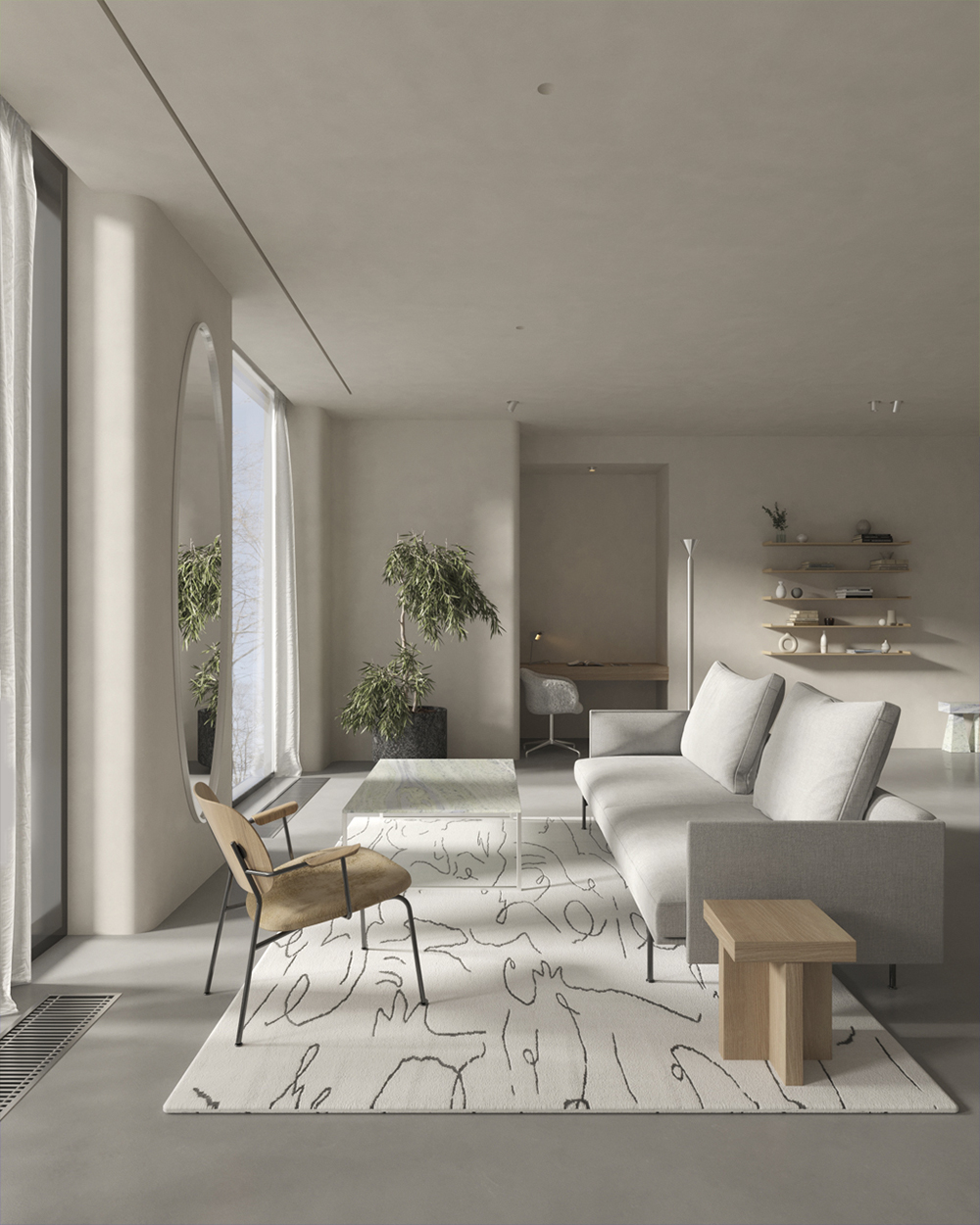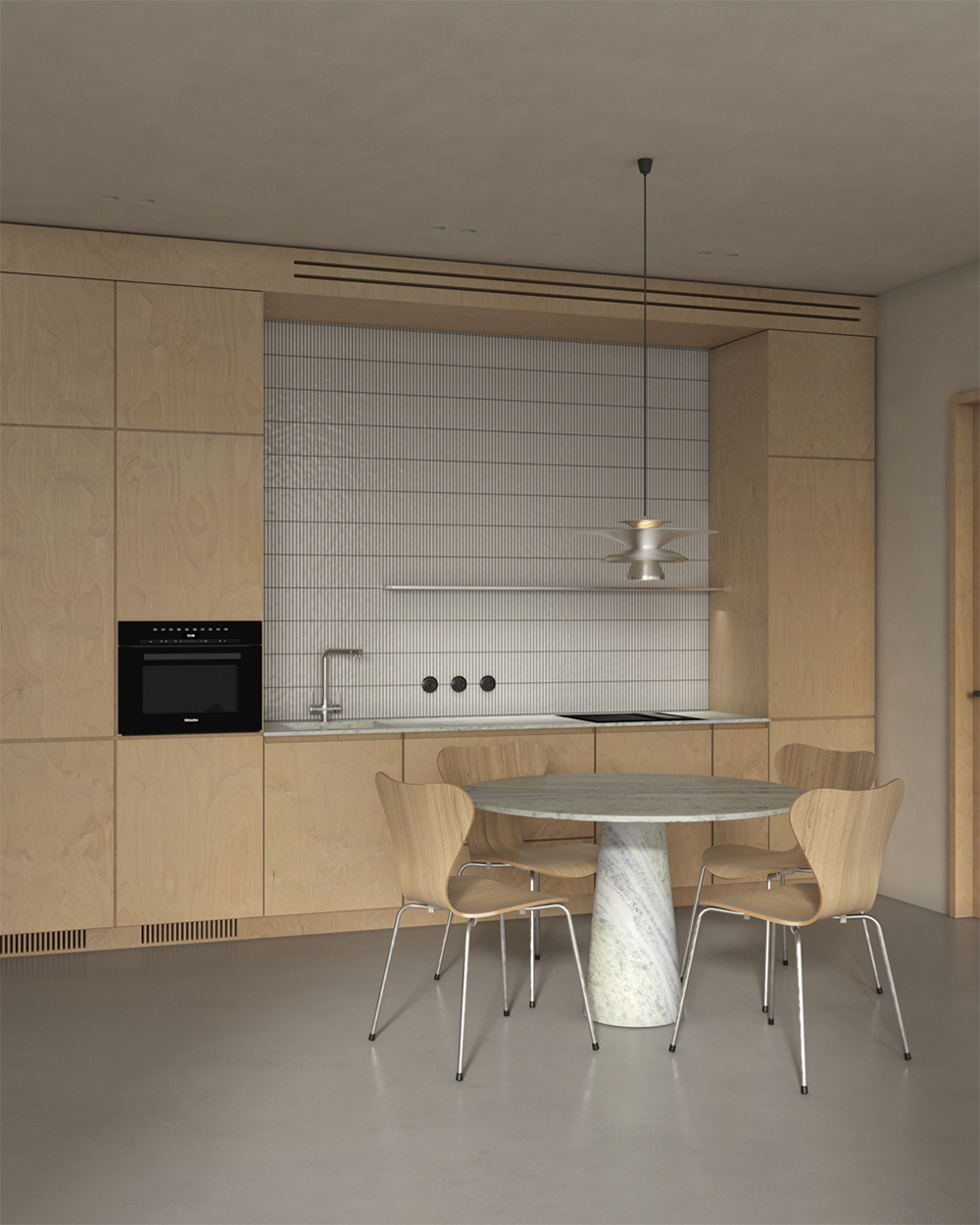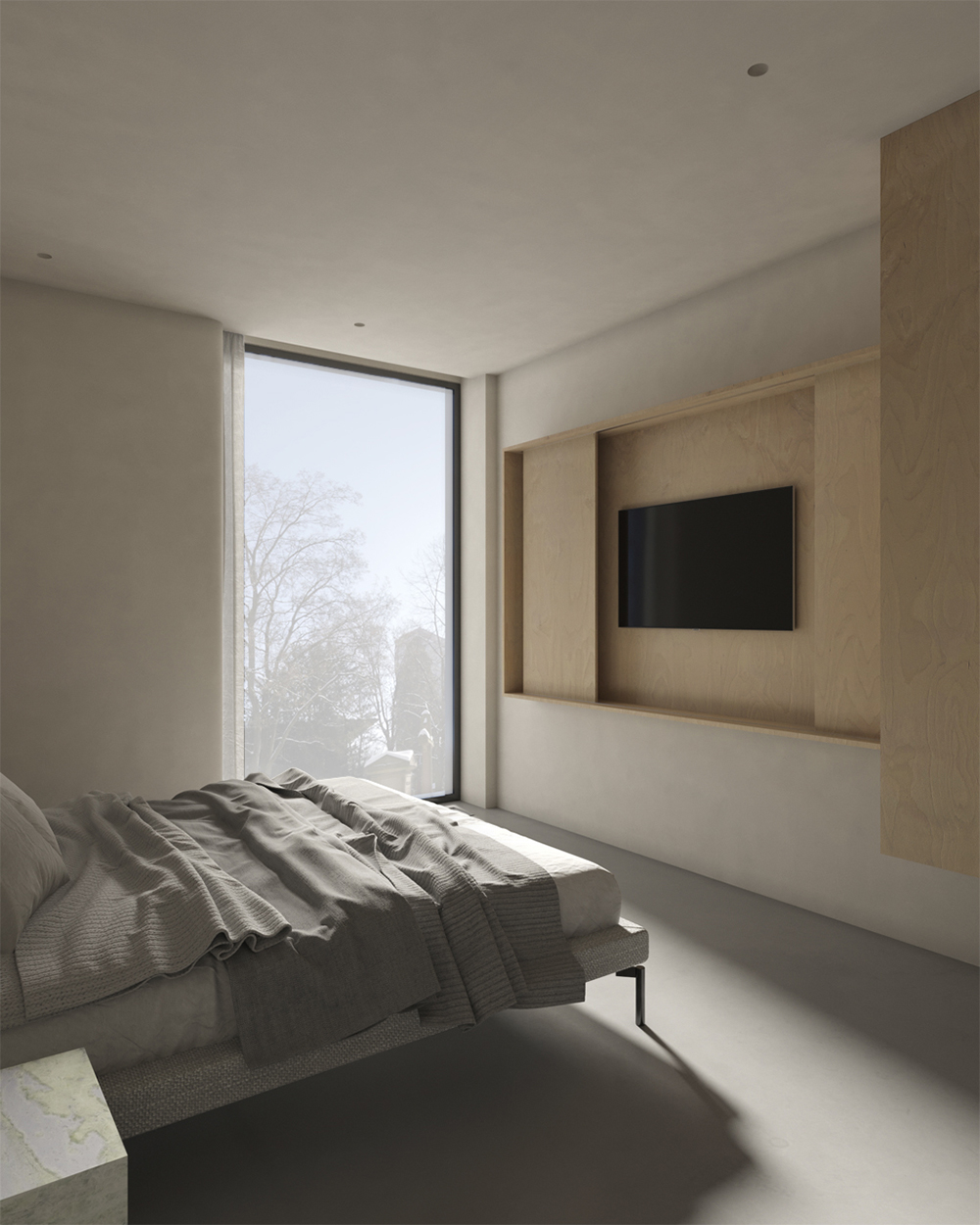
Compact living spaces have become increasingly popular due to urban crowding, rising housing costs, and the desire for minimalism. According to Market Data Forecast, the global tiny homes market was worth $5.95 billion in 2024. It is estimated to grow at a CAGR of 3.62% until 2033, reaching a whopping $8.2 billion.
While these homes offer efficient and often clever layouts, they also bring unique challenges, especially regarding material selection. Every small home’s surface, panel, and fixture must work harder, last longer, and often serve more than one function.
Since there’s less room for error, the quality and suitability of materials can impact aesthetics, safety, and long-term livability. In this article, we will discuss why material choices matter greatly in compact living spaces.
The Domino Effect of Poor Choices
In smaller homes, every choice has a ripple effect. For example, selecting the wrong countertop material might not seem critical at first. But over time, wear and tear from heat or moisture can turn that choice into a constant problem.
When space is limited, you often don’t have the luxury of distance between your stove, sink, and food prep area. This closeness increases the risk of a small failure affecting the entire kitchen.
Consider using a pressure cooker, which should be like an everyday cooking task. However, these cookers have the potential to explode. TorHoerman Law states that pressure cookers usually trap heat and steam within the container to quicken cooking.
Usually, the steam release valve ensures the release of excess steam to prevent a buildup. However, faulty steam valves or other product defects can lead to steam buildup, which can be released quickly when the lid is opened.
This can cause a pressure cooker to explode, and the consequences can be worsened by poor material choice. For instance, thin, low-quality cabinet facings and wall panels can quickly ignite after the cooker malfunctions.
Such situations underline the importance of choosing materials not just for their look but also for their properties. In compact homes, things are closer together, so a bad choice in one spot can compromise the entire living area.
How can homeowners identify material weaknesses before installation in compact spaces?
Homeowners can request product samples and subject them to real-use tests like heat exposure, scratch tests, and moisture contact. Reading manufacturer data sheets and user reviews also helps. Choosing certified products with safety ratings or testing marks (such as fire resistance or water rating) adds another layer of assurance.

Heat, Humidity, and Constant Contact
Kitchens and bathrooms in smaller homes often serve as high-traffic zones, where steam, spills, and heat are part of daily life. Surfaces and structures in these areas must be ready for constant exposure to moisture and sudden temperature shifts.
Wood laminates, low-grade vinyl, and untreated plywood may warp, peel, or even develop mold in tight, damp environments. Once that damage sets in, replacing or repairing the material can be more invasive than in a larger space.
When ceilings are low and rooms are small, condensation builds up faster, leading to moisture. As Real Simple notes, this moisture and humidity can damage your house’s paint. Water seepage, high humidity, condensation, etc., can loosen up paint and make it peel off.
Besides peeling paint, you may also see rusted fixtures or even weakened flooring. The best materials resist damage and contribute to a more stable indoor environment.
Are there materials that help regulate temperature and moisture in small spaces?
Yes, some materials, such as cork flooring, mineral-based paints, and phase-change drywall, can actively help regulate indoor temperature and humidity. These materials respond to environmental changes, absorbing heat or moisture and slowly releasing it to stabilize indoor conditions.
Visual Flow and Durability
Another reason material choice matters is the way surfaces interact with each other visually. In a compact space, you rarely look at one surface in isolation. A countertop leads directly into a backsplash, which might wrap around to join a wall or cabinet. Poor-quality materials can break the visual flow with cracks, discoloration, or mismatched finishes.
Durability is part of that visual story. A surface that chips or stains easily will quickly make the space feel old and overused. In contrast, investing in higher-quality finishes that retain shape and color over time helps a small space look clean and cohesive with minimal effort.

Health, Safety, and Air Quality
Tiny homes must be especially mindful of air quality. Some synthetic materials release volatile organic compounds (VOCs), especially when exposed to heat or moisture. In a confined space, those emissions have nowhere to go. They linger longer and affect breathing conditions more directly than in a larger home with better airflow.
Safer material choices, such as low-VOC paints, solid wood, and toxin-free sealants, are practical investments in comfort and health. Although you may not see these decisions reflected in magazine spreads, they show how a space feels over time.
A Nature Journal study shows the impact of compactness in some cities in China. The study concludes that urban compactness exerts a pollution effect in some cities in the country. It is also stated that this pollution accounts for 17% of all deaths in China.
What are some less obvious sources of indoor toxins in small homes?
Beyond paint and flooring, toxins can also come from cabinetry adhesives, flame retardants in upholstery, and even synthetic window coverings. In compact spaces, these compounds accumulate faster. Opting for GREENGUARD Gold-certified products or those labeled formaldehyde-free can reduce these hidden risks.
Compact living doesn’t have to mean compromising on quality or safety. These smaller homes benefit the most from thoughtful, long-term material choices. Every surface must be ready to handle actual, daily use and, sometimes, the unexpected. Whether standing up to heat in the kitchen or maintaining structural strength in multi-use zones, the right materials protect more than just the design. They support safe, comfortable living in every square foot.
Images from Take a Tour of RYB apartment designed by Men Bureau – see full article here.



